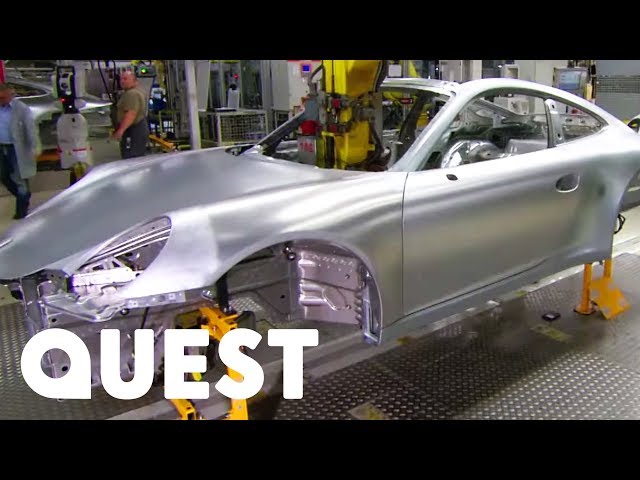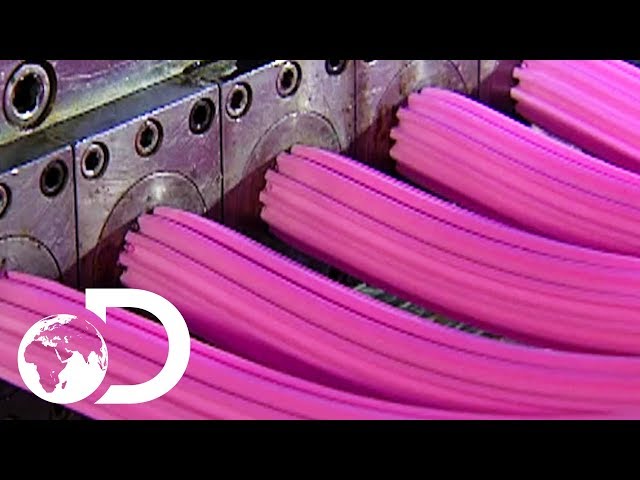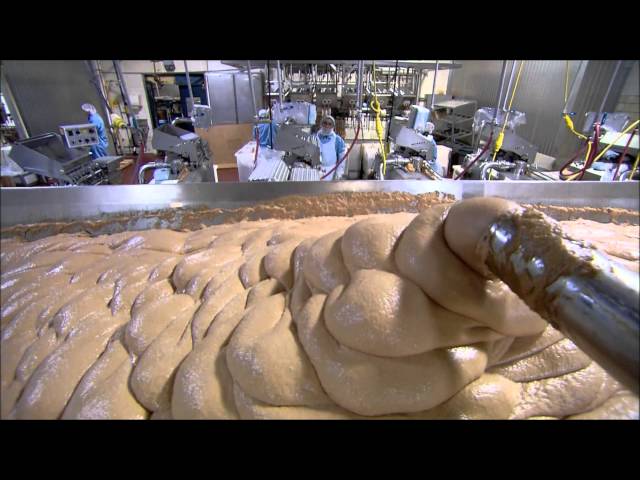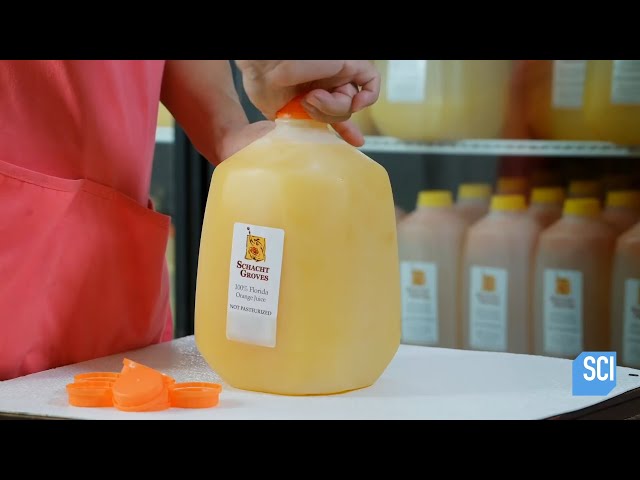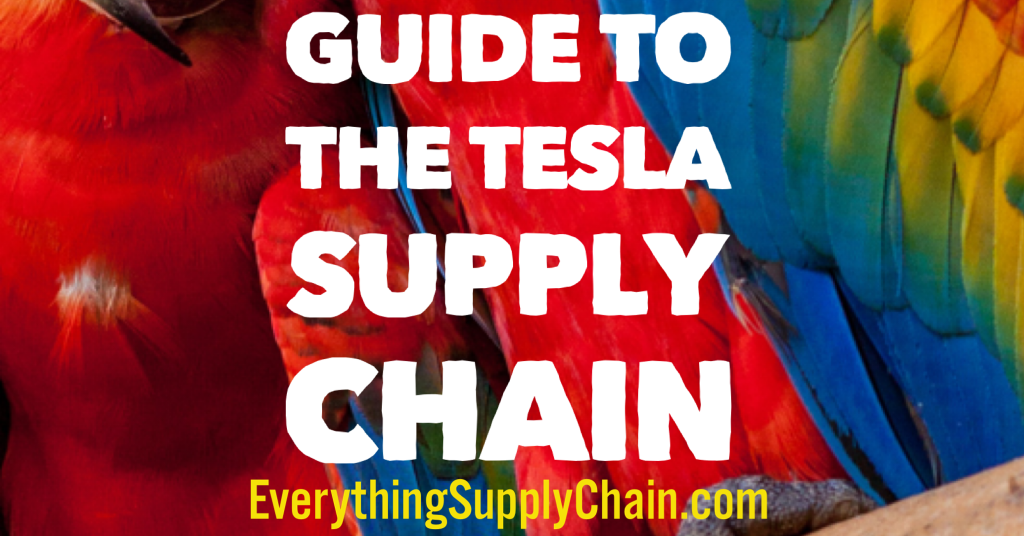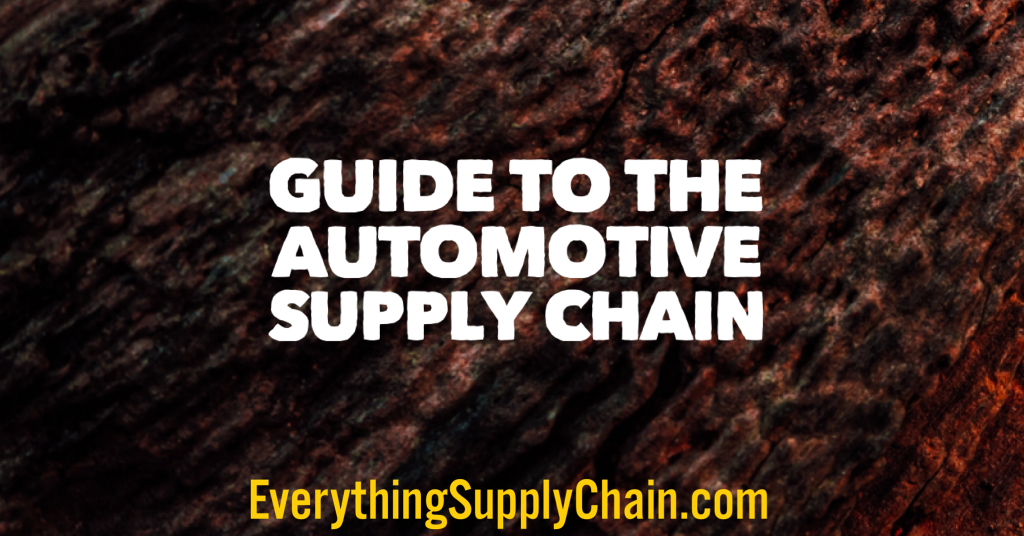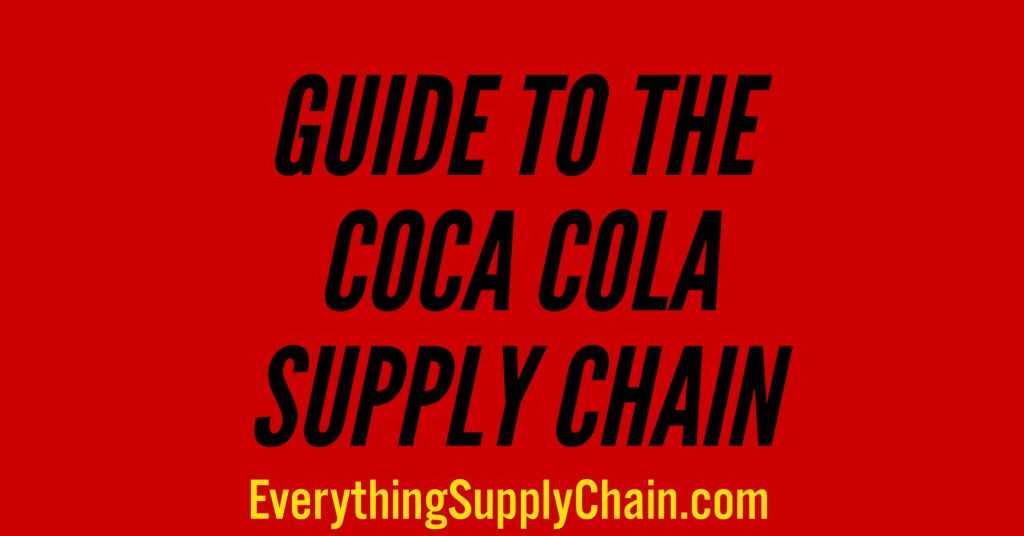How Tomato Ketchup Is Made
How Tomato Ketchup Is Made
The process of making ketchup typically involves the following steps:
- Preparing the ingredients: The tomatoes, sugar, vinegar, and spices are gathered and measured.
- Preparing the tomatoes: Tomatoes are washed, cored, and chopped before they are cooked.
- Cooking the tomatoes: The tomatoes are cooked to soften them and release their juice. This can be done by boiling, roasting, or steaming the tomatoes.
- Straining the tomatoes: The cooked tomatoes are then strained to remove any solids and seeds. This results in a smooth tomato puree.
- Adding sugar and vinegar: Sugar and vinegar are added to the tomato puree to sweeten and balance the acidity of the ketchup.
- Adding spices: Spices such as onion powder, garlic powder, cinnamon, allspice, cloves, celery seed, mustard powder, and salt are added to give the ketchup its characteristic flavor.
- Simmering the ketchup: The ketchup is simmered over low heat for a period of time, typically 30 minutes to 1 hour, to thicken it and concentrate the flavors.
- Blending: The mixture is blended to make it smooth, and to break down any large solids.
- Canning or bottling the ketchup: The ketchup is then packaged and stored in either bottles or cans, and then pasteurized to kill any bacteria.
- Final product: After the ketchup has been cooled, it is ready to be shipped, stored and consumed.
Note: The recipe and the steps may vary depending on the source and specific recipe used. Some homemade recipes may have different steps or additional ingredients like various fruits and vegetables.
Manufacturing Quotes
- “One of the only ways to get out of a tight box is to invent your way out.” ~Jeff Bezos, CEO Amazon
- “Quality is free. It’s not a gift, but it’s free. The ‘unquality’ things are what cost money.” ~Phil Crosby
- “A relentless barrage of ‘why’s’ is the best way to prepare your mind to pierce the clouded veil of thinking caused by the status quo. Use it often.” ~ Shigeo Shingo
- “Why not make the work easier and more interesting so that people do not have to sweat? The Toyota style is not to create results by working hard. It is a system that says there is no limit to people’s creativity. People don’t go to Toyota to ‘work’ they go there to ‘think’” ~ Taiichi Ohno, father of the Toyota Production System
- “At Wal-Mart, it goes back to Sam Walton and the foundation and business model that we simply operate for less, or everyday low cost. We’re known for operating in a very efficient way and then giving those savings to customers.” ~ Mike Duke, former CEO Walmart
- “If you can’t describe what you are doing as a process, you don’t know what you’re doing.” ~W. Edwards Deming
- “For much of Toyota’s history, we have ensured the quality and reliability of our vehicles by placing a device called an andon cord on every production line – and empowering any team member to halt production if there’s an assembly problem. Only when the problem is resolved does the line begin to move again.” ~Akio Toyoda, CEO Toyota Motor Company
- “Out of clutter, find simplicity. From discord, find harmony. In the middle of difficulty lies opportunity.” ~Albert Einstein
- “Eighty-five percent of the reasons for failure are deficiencies in the systems and process rather than the employee. The role of management is to change the process rather than badgering individuals to do better.” ~ W. Edwards Deming
Manufacturing Process
- Aluminum Cans – How it’s made – Aluminium cans.
- Bubble Gum – How It’s Made.
- Costco Pizza – Costco Pizza Making.
- End To End Supply Chain Process
- Ferrari – Putting together a Ferrari.
- How This Humanoid Robot Was Made.
- Lean Manufacturing: The Path to Success with Paul Akers.
- Legos – How Legos are made.
- Orange Juice – How Orange Juice is Made.
- PORSCHE 911 | How It’s Made
- Rope – How rope is made.
- SCM Training & Overview
- Supply Chain and Strategy Key Concepts
- Supply Chain Resources by Topic & Supplier
- Tequila – The process of making Tequila.
- Tesla Model S – How the Tesla Model S is Made.
- What is Manufacturing?
